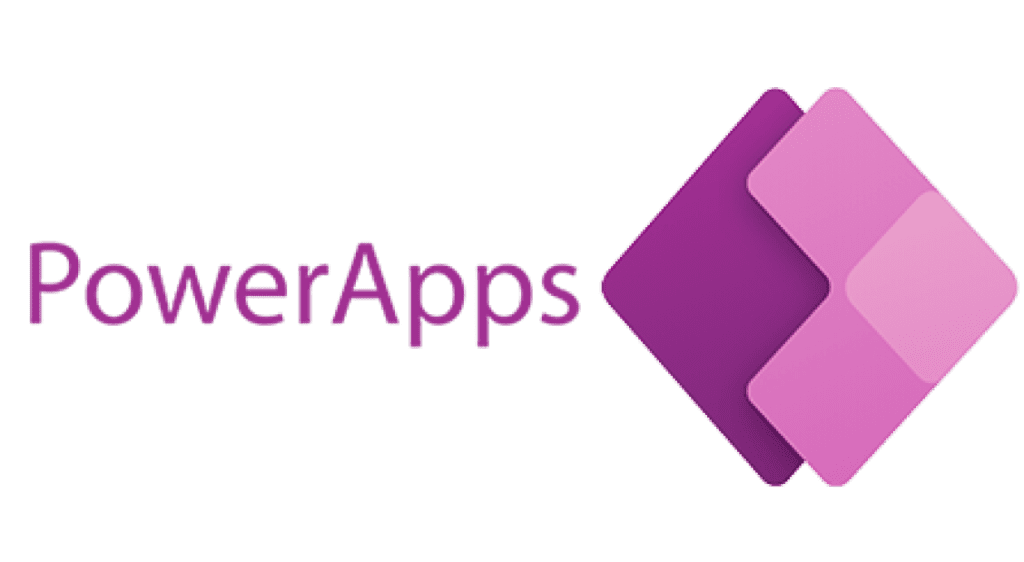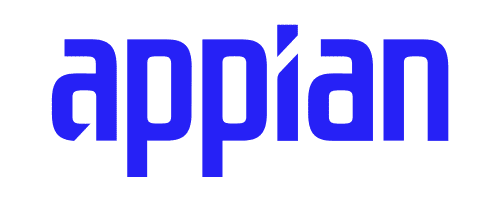Software Feature
Data Types

Understanding Data Types in Software Development
Data types, as a software feature, refer to the classification or categorization of data within a programming language or software system. Data types define the values that the software can store, manipulate, and process.
Defining Data Structures
Data types help define the structure and organization of data within a software system. They specify different data elements’ format, size, and behavior, enabling the software to handle and manipulate data consistently and predictably.
Ensuring Data Integrity
Data types play a crucial role in ensuring data integrity and accuracy. The software can enforce constraints and perform validations to prevent inconsistent or invalid data from being processed by specifying the type of data stored in a variable or data structure.
Supporting Efficient Operations
Data types allow the software to optimize memory usage and processing efficiency. Different data types have varying storage requirements and computational properties, allowing developers to choose the most appropriate kind for handling data. This helps conserve resources and improve performance.
Enabling Interoperability
Data types facilitate data exchange and interoperability between different software systems. Standardized data types enable seamless integration and communication by providing a common understanding of the format and structure of data.


